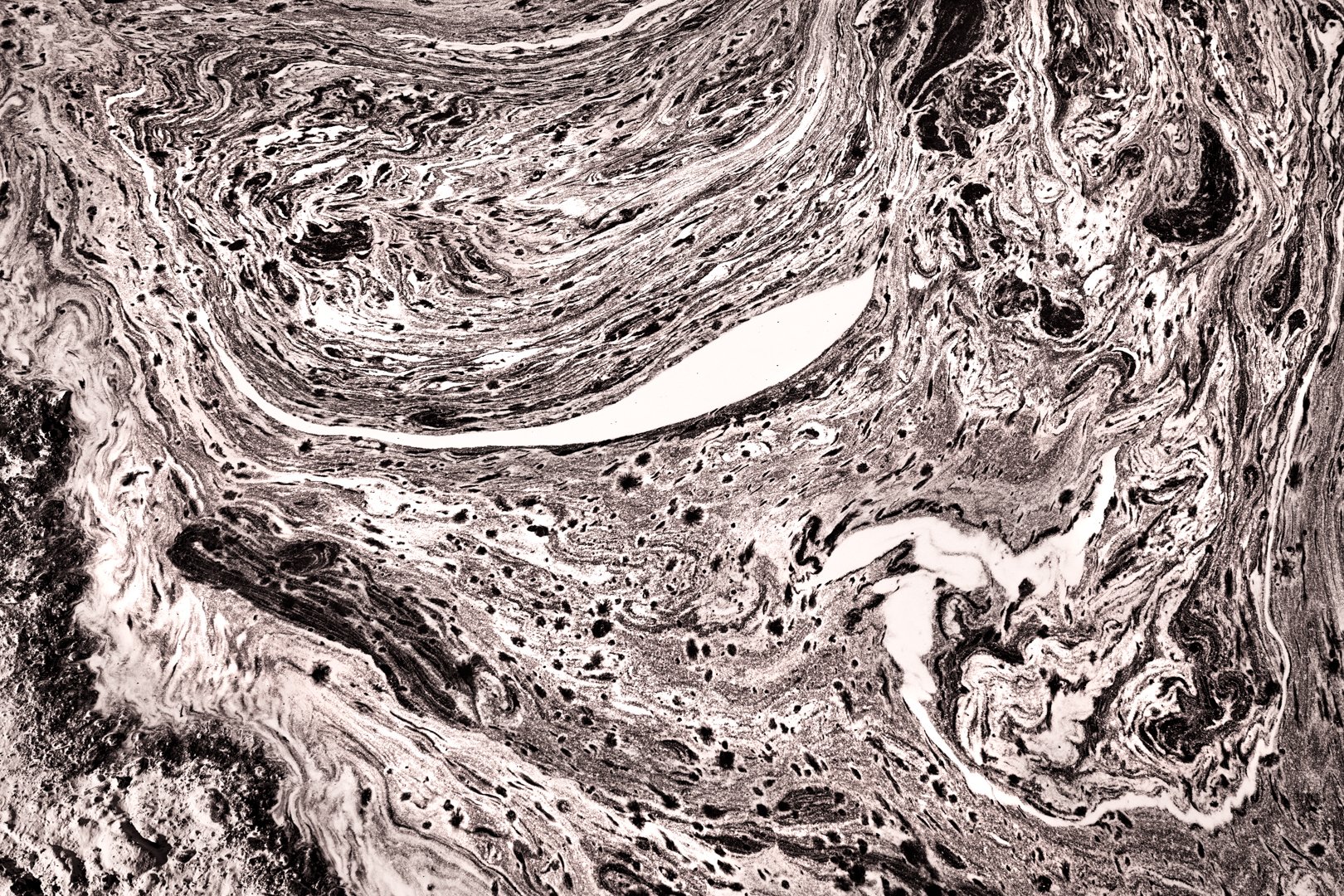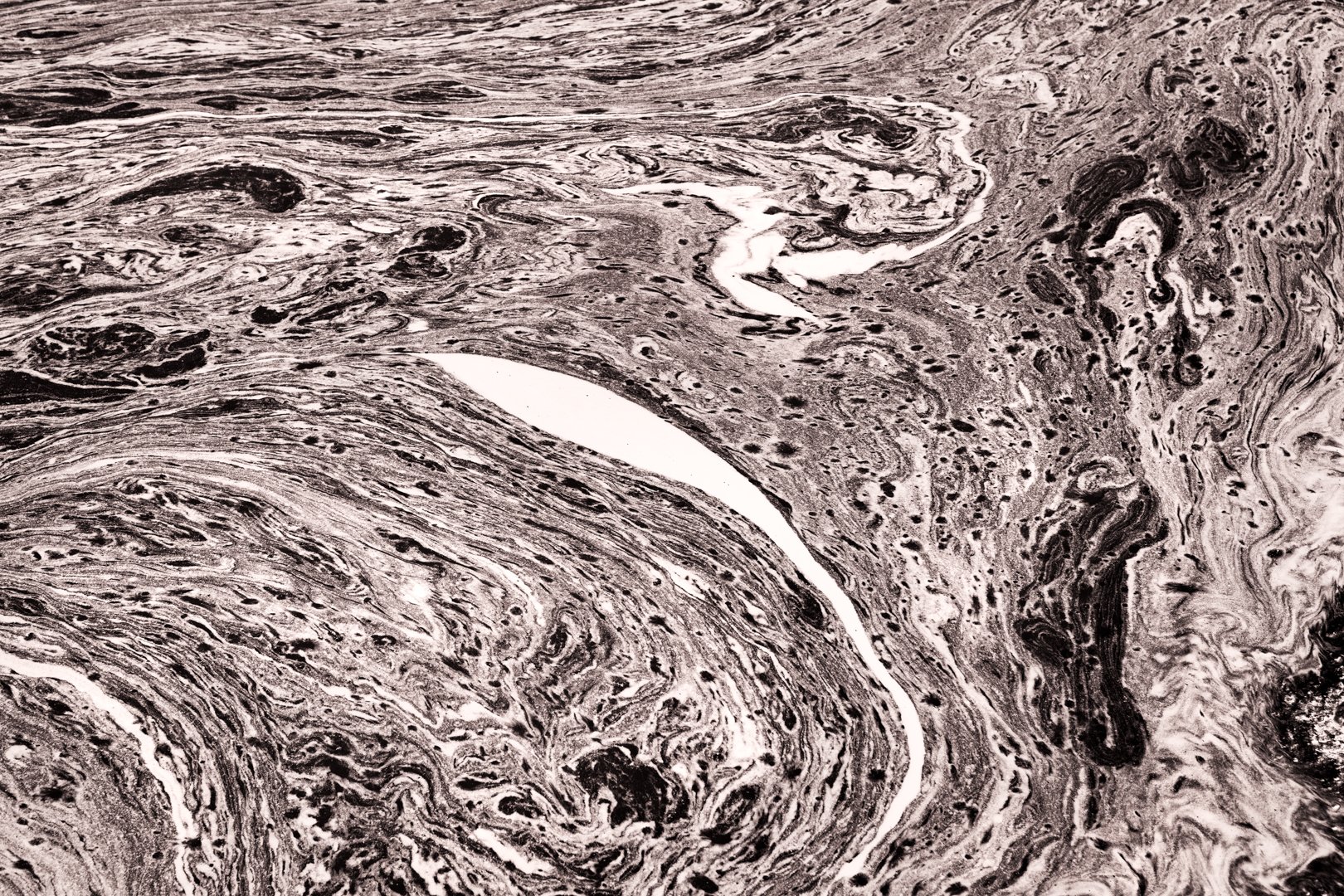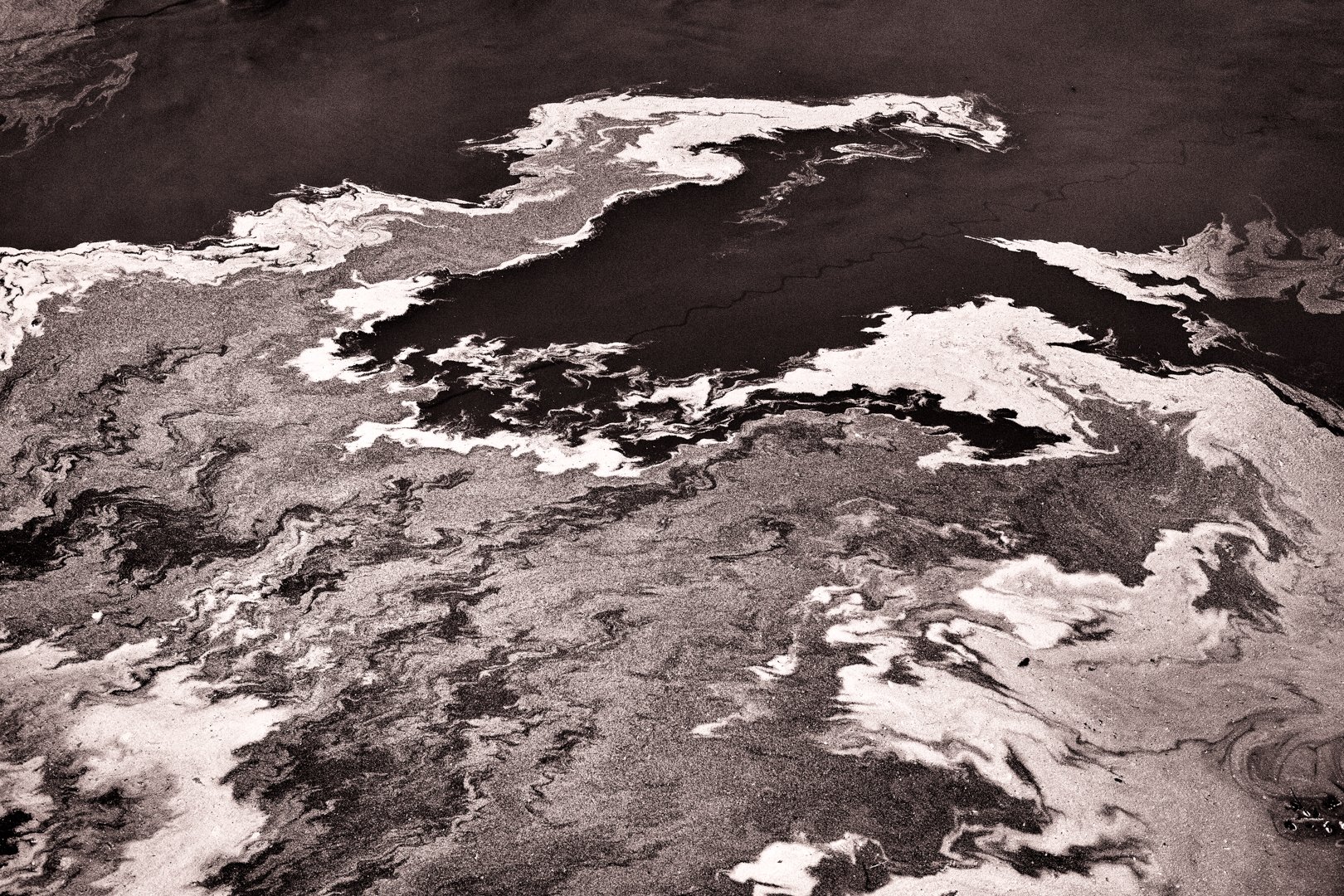A silent invasion is threatening our native flora, birds and insects. It is estimated that Wilding pines could occupy a quarter of Aotearoa New Zealand’s land mass in as little as 15 years with a net cost to the economy over the next 15 – 30 years of $4.6 billion.
Each conifer can produce up to 17,000 seeds a year, 10% of which are likely to sprout and spread far from the mother plant. Since mass plantings of ten species of pine began in the 1960’s (to stop erosion, for forestry and more recently carbon capture) conifers have spread to occupy 7% of New Zealand’s land mass and every year they spread 5% further, an annual gain of 90,000ha.
With climate change and warmer conditions some cones’ seed load will likely increase greatly. The accompanying images, taken in the Mackenzie country and Central Otago, represent the impact of these seeds on the land. Masses of trees that suffocate all other plants and strip the soil of nutrients displacing pastoral farming, reducing water yield and severely reducing natural biodiversity. Even when poisoned off their replacements are waiting. With different responses from different areas and regions it becomes impossible to contain the problem.
During a roughly ten day period in spring these pine trees explode with their load of pollen. It is amazing to watch a huge tree literally shudder and explode the off yellow pollen in a giant cloud that drifts in the wind. Everything gets covered in the area. What fascinates me is the accumulation of pollen in puddles and the interplay of the breeze back and forth across the surface building up layers and shapes. They remind me of monsters, alien life forms and barren destroyed landscapes – a metaphor perhaps of how these Wilding pines populate and overwhelm the environment.




















